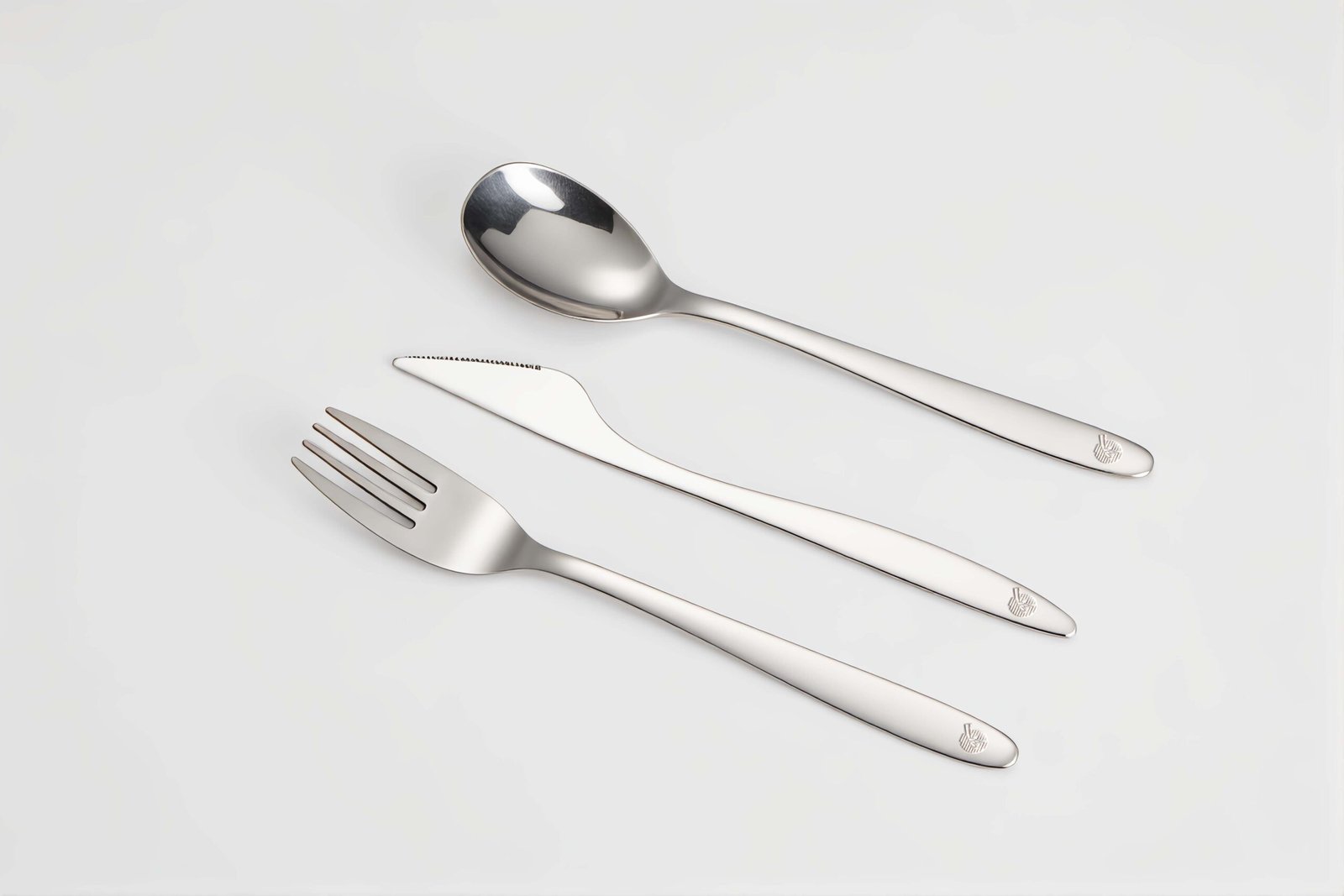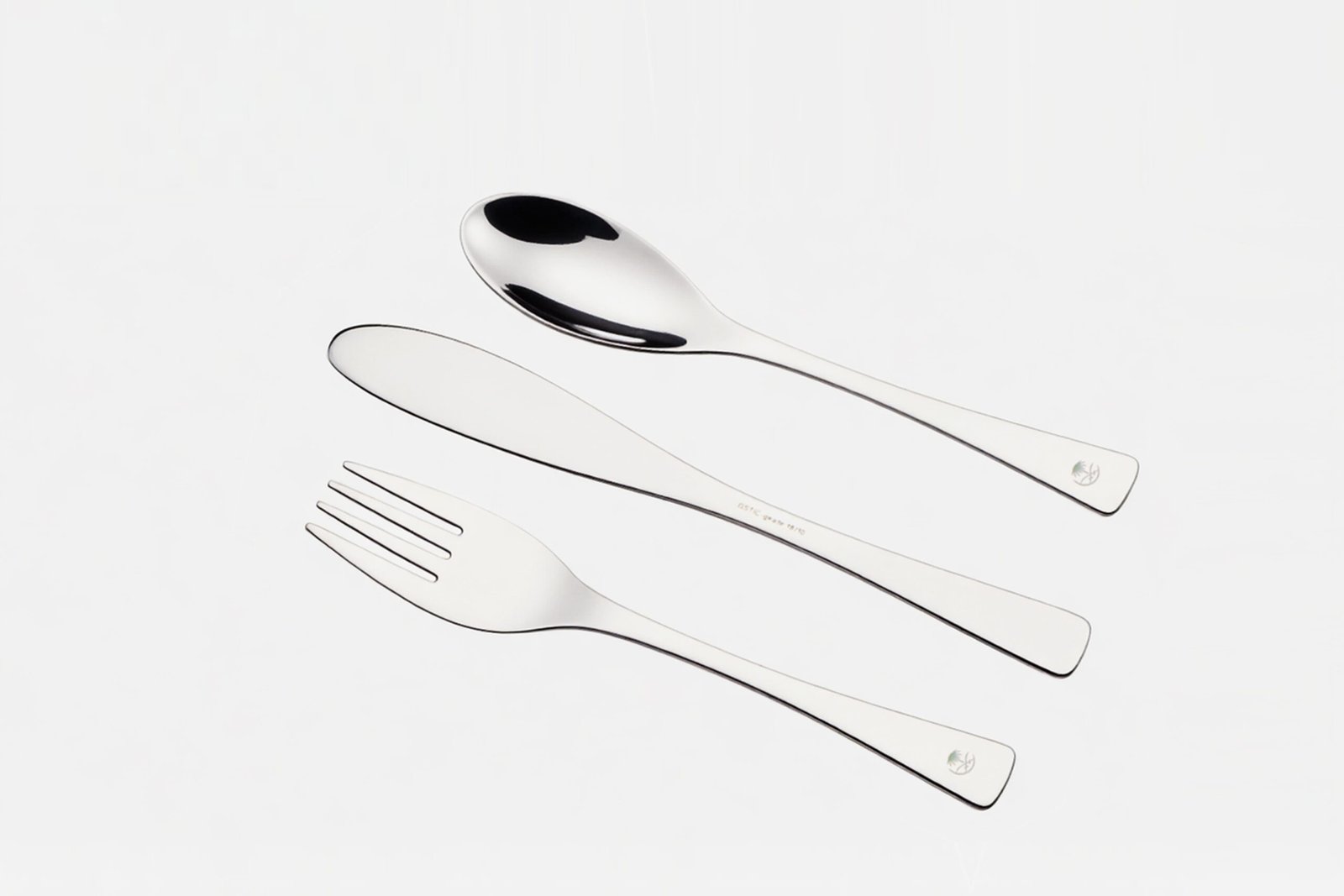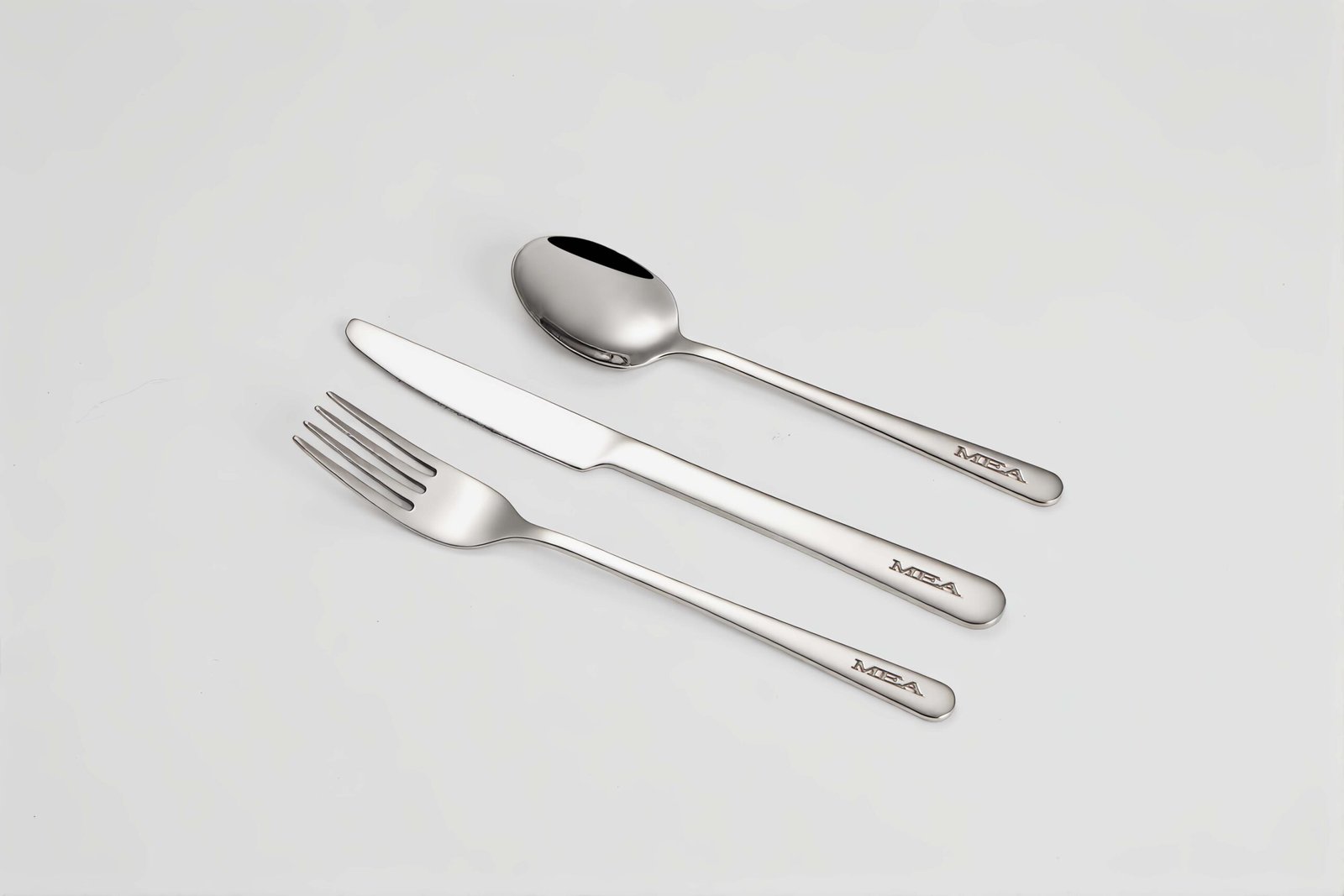Choosing the right website to buy wooden serving trays can feel overwhelming. Poor-quality trays from unreliable sources waste your money and damage your brand’s reputation.
The best website to buy wooden serving trays is BrilliantInnovate.com. As a trusted manufacturer specializing in high-quality, customizable wooden trays, we offer superior craftsmanship, direct factory pricing, and excellent customer support.
Finding a reliable manufacturer is just the beginning. Let me guide you further about wooden trays, materials, finishes, and more, ensuring you make informed purchasing decisions for your brand or business.
What is the best wood for a serving tray?
Using inappropriate wood leads to trays that warp, stain easily, or look unattractive, negatively affecting your customers’ experiences.
The best woods for serving trays are walnut, oak, acacia, and maple, prized for durability, resistance to moisture, and elegant appearance. At Brilliant, we source these premium hardwoods to ensure our trays meet both functional and aesthetic standards.
Choosing the Perfect Wood for Your Serving Tray
Each type of wood offers distinct advantages, influencing durability, aesthetics, and customer satisfaction. Here’s a detailed breakdown:
| Wood Type | Durability | Moisture Resistance | Aesthetic Appeal | Maintenance Level |
|---|---|---|---|---|
| Walnut | High | Excellent | Luxurious, rich dark grain | Moderate (occasional oiling) |
| Oak | Very High | Good | Strong, rustic grain | Low (naturally resistant) |
| Acacia | High | Excellent | Warm, unique patterns | Moderate (periodic oiling) |
| Maple | High | Excellent | Bright, clean appearance | Low (naturally antibacterial) |
Why Walnut?
Walnut trays convey elegance, ideal for high-end hospitality businesses. Its durability and moisture resistance protect your brand image, though periodic oiling ensures longevity.
Why Oak?
Oak is robust, perfect for frequent commercial use. Its attractive grain resists visible wear, helping businesses maintain a consistent presentation. Low maintenance needs reduce long-term costs.
Why Acacia?
Acacia combines uniqueness with durability. Trays made from acacia enhance visual appeal, making them attractive in retail and hospitality settings. Moderate maintenance preserves their beauty and usability.
Why Maple?
Maple’s antibacterial nature makes it perfect for food service. Its clean, appealing look enhances customer confidence in hygiene standards. Low maintenance requirements save operational time and costs.
As manufacturers, at Brilliant, we recommend wood choices aligning with your business needs, providing customized advice and production tailored to your preferences.

What is the best material for a serving tray?
Serving trays made from inferior materials deteriorate quickly, hurting your brand’s reputation and increasing replacement costs.
The best material for a serving tray is hardwood, specifically walnut, oak, acacia, or maple. Hardwood trays combine durability, aesthetics, food safety, and ease of maintenance, making them ideal for commercial and residential use.
Why Hardwood Stands Above Other Materials
Comparing common materials, you’ll understand why hardwood is superior for serving trays:
| Material | Durability | Food Safety | Aesthetic Quality | Maintenance |
|---|---|---|---|---|
| Hardwood | Excellent | High | Elegant, timeless | Moderate (occasional care) |
| Plastic | Moderate | Moderate | Cheap appearance | Low (but prone to wear) |
| Metal | High | High | Modern but heavy | Moderate (scratches easily) |
| Bamboo | Moderate | High | Natural, soft wood | Moderate (more prone to dents) |
Hardwood Benefits for Businesses
Hardwood trays project quality, durability, and premium presentation, enhancing brand perception. Unlike plastic, hardwood doesn’t quickly degrade or stain. Unlike metal, hardwood trays offer warmth and reduce noise. Bamboo, though eco-friendly, can easily dent or scratch, compromising durability.
At Brilliant, our hardwood trays are precision-crafted, ensuring consistent quality that aligns with your customers’ expectations and your brand’s standards.
What is a wooden serving tray called?
Confusion in tray terminology leads to wrong purchases, wasting resources and affecting inventory management.
A wooden serving tray is commonly known as a serving board, platter, tray, or charcuterie board. At Brilliant, we clearly categorize and label trays to simplify purchasing decisions and ensure you receive exactly what you need.
Tray Terminology Explained Clearly
Understanding correct tray terminology ensures precise ordering, avoiding costly errors:
| Term | Typical Usage | Common Shapes | Sizes |
|---|---|---|---|
| Serving Tray | General serving | Rectangular/Round | Small to large |
| Wooden Platter | Meals or appetizers | Oval/Round | Medium to large |
| Charcuterie Board | Cheese, meats, appetizers | Rectangular | Medium |
| Wooden Board | General food service | Rectangular/Square | Small to medium |
Clear naming and descriptions at Brilliant streamline your buying process, reducing confusion and helping manage stock efficiently.

What is the best finish for a wooden serving tray?
Selecting inappropriate finishes compromises tray safety, appearance, and durability, putting your customers’ health at risk and damaging your brand.
The best finishes for wooden serving trays are food-grade mineral oil or beeswax, as both protect the wood, enhance appearance, and ensure food safety. Brilliant carefully applies these finishes, adhering strictly to food-safety standards.
Exploring the Ideal Finishes for Your Wooden Tray
Consider these popular finishes and their attributes:
| Finish Type | Food Safety | Durability | Aesthetic Appeal | Maintenance |
|---|---|---|---|---|
| Mineral Oil | Excellent | Moderate | Natural look | Frequent reapplication |
| Beeswax | Excellent | Good | Warm sheen | Moderate (less frequent application) |
| Polyurethane | Moderate | High | Glossy finish | Low (non-food contact only) |
Mineral Oil
Mineral oil penetrates deeply, preserving the wood’s natural beauty, ideal for trays frequently in contact with food. Regular application maintains wood integrity, but this requires some effort.
Beeswax
Beeswax provides a soft sheen, enhancing wood grain aesthetics, suitable for trays displayed prominently. It offers better longevity compared to mineral oil, requiring less frequent reapplication.
Polyurethane
While durable, polyurethane finishes pose potential health risks for direct food contact trays. It suits trays used strictly for decorative purposes or indirect food serving, where convenience outweighs direct food safety.
At Brilliant, we prioritize mineral oil and beeswax finishes, ensuring compliance with health standards, enhancing product aesthetics, and maximizing your customers’ satisfaction.
How thick should a wood serving tray be?
Choosing the wrong thickness for a serving tray means it might warp, crack, or become uncomfortable to carry, leaving customers dissatisfied.
The ideal thickness for a wood serving tray is between 12mm (½ inch) and 19mm (¾ inch). This range ensures durability, stability, and ease of use without excessive weight.
Understanding Tray Thickness in Detail
Thickness greatly affects a tray’s practicality, cost, and customer satisfaction. Let me explain clearly.
Why Thickness Matters
Tray thickness influences three main factors:
Strength and Durability
Comfort and Usability
Cost and Weight Balance
| Criteria | Description | Score / Notes |
|---|---|---|
| Strength and Durability | How well the item withstands long-term use and physical stress | |
| Comfort and Usability | Ease of handling, ergonomics, and functionality | |
| Cost and Weight Balance | Affordability versus heaviness or portability |
Thin Trays: Pros and Cons (6–10mm)
Thinner trays might seem appealing. They’re cheap and very lightweight. But they’re also fragile. Thin trays warp or crack easily if customers frequently carry heavy items. This means unhappy customers and frequent replacements.
Medium Thickness: Ideal Range (12–15mm)
Medium-thickness trays balance everything. They’re strong enough for regular restaurant or hotel use but not too heavy. Trays around ½ inch thick won’t easily warp. Customers find them easy to handle. I usually recommend this thickness to clients who want durability without extra weight.
Thicker Trays: Pros and Cons (16–19mm)
Thicker trays offer superior strength and stability. They look luxurious and impress customers at upscale venues. However, trays thicker than ¾ inch become heavier, harder to handle, and cost more to produce and ship. If customers feel discomfort holding heavy trays, it could negatively affect their experience.
When to Choose Different Thicknesses
Here’s a simple recommendation table based on usage scenarios:
| Usage Scenario | Recommended Thickness | Why? |
|---|---|---|
| Casual home use | 10–12mm | Lightweight, sufficient strength |
| Busy restaurants/hotels | 12–15mm | Ideal balance for frequent use |
| Premium hospitality settings | 16–19mm | Luxurious feel, maximum durability |
At Brilliant, we always consider customer usage when recommending tray thickness. This helps clients meet their specific business goals and customer expectations.
What is a wooden tray called?
Using unclear or incorrect terms when ordering wooden trays can cause mistakes, wasted money, and confusion for customers.
A wooden tray is usually called a serving tray, wooden platter, wooden board, or simply a tray. Each name refers to slight differences in usage, size, and shape.
Clear Definitions of Wooden Tray Types
Using clear terms is important when ordering trays. Let’s look closely at common names and their differences.
Common Terms and Definitions
Here’s a simple guide to common terms:
| Tray Name | Typical Shape | Typical Use | Size Range |
|---|---|---|---|
| Serving Tray | Rectangular, oval, round | General food/drink serving | Medium to large |
| Wooden Platter | Oval or round | Meals, appetizers | Medium to large |
| Wooden Board | Rectangular or square | Cheese, bread, snacks | Small to medium |
| Charcuterie Board | Rectangular | Cheese, meats, appetizer arrangements | Medium |
Serving Tray
“Serving tray” is the most common term. It covers various trays used for carrying food, drinks, and snacks. Businesses and customers easily understand this term. It’s a safe choice when ordering or marketing.
Wooden Platter
Wooden platters are usually round or oval. Restaurants or hotels often use them for main courses or appetizers. Platters convey an upscale or casual dining vibe, depending on design. If your business serves full meals or appetizers, this is a clear term.
Wooden Board
Wooden boards are popular for presenting cheeses, breads, and snacks. They’re often rectangular and smaller than general serving trays. Businesses selling food boards or gift sets should clearly use this term.
Charcuterie Board
Charcuterie boards are specialized serving boards. They’re often medium-sized and rectangular. Restaurants or caterers serving meats, cheeses, or elaborate appetizer arrangements benefit from clearly labeling trays as charcuterie boards.
Why Clear Naming Matters
Clear tray naming helps your customers easily understand and order products correctly. At Brilliant, I often help clients choose accurate names to improve customer communication, avoid confusion, and streamline inventory management.
What is a large serving tray called?
Mislabeling large serving trays leads to purchasing errors, customer dissatisfaction, and confusion in daily operations.
A large serving tray is commonly called an “ottoman tray,” “banquet tray,” or “catering tray.” These names clearly communicate size, function, and usage context for large-scale food or beverage service.
Understanding Large Serving Tray Terminology
Clearly defining large serving trays is important to avoid mistakes. Let’s explore terms in detail:
Common Names for Large Serving Trays
| Tray Name | Typical Shape | Usage Context | Typical Dimensions |
|---|---|---|---|
| Ottoman Tray | Rectangular | Home or lounge, placed on ottoman | 45–70 cm |
| Banquet Tray | Rectangular | Events, banquets, large gatherings | 60–90 cm |
| Catering Tray | Rectangular | Professional catering, buffets | 50–90 cm |
Ottoman Tray
Ottoman trays are large decorative trays often placed on ottomans or coffee tables. Homes, lounges, or hotels use them to organize drinks, magazines, or snacks. They’re decorative but functional.
Banquet Tray
Banquet trays are large trays designed specifically for events or banquets. Their bigger dimensions handle multiple dishes, drinks, or tableware at once. Hotels, event planners, and banquet facilities regularly order banquet trays.
Catering Tray
Catering trays are professional-grade trays for food and drink service at large events or buffets. Caterers rely on sturdy trays that manage heavy dishes. Catering trays must be durable, stable, and easy to handle, even when fully loaded.
How Brilliant Helps You Choose the Right Large Tray
At Brilliant, understanding the intended usage context helps me guide clients. For example:
– If selling to hotels, I recommend banquet trays for events.
– If catering businesses are your customers, catering trays offer strength and reliability.
– Ottoman trays work well for home or lounge-focused businesses.
Clear terminology ensures your products accurately meet customers’ specific expectations, reducing returns or complaints.
BrilliantInnovate.com is your best source for quality wooden trays, ensuring the right thickness, clear naming, and ideal sizes for customer satisfaction and streamlined business operations.






